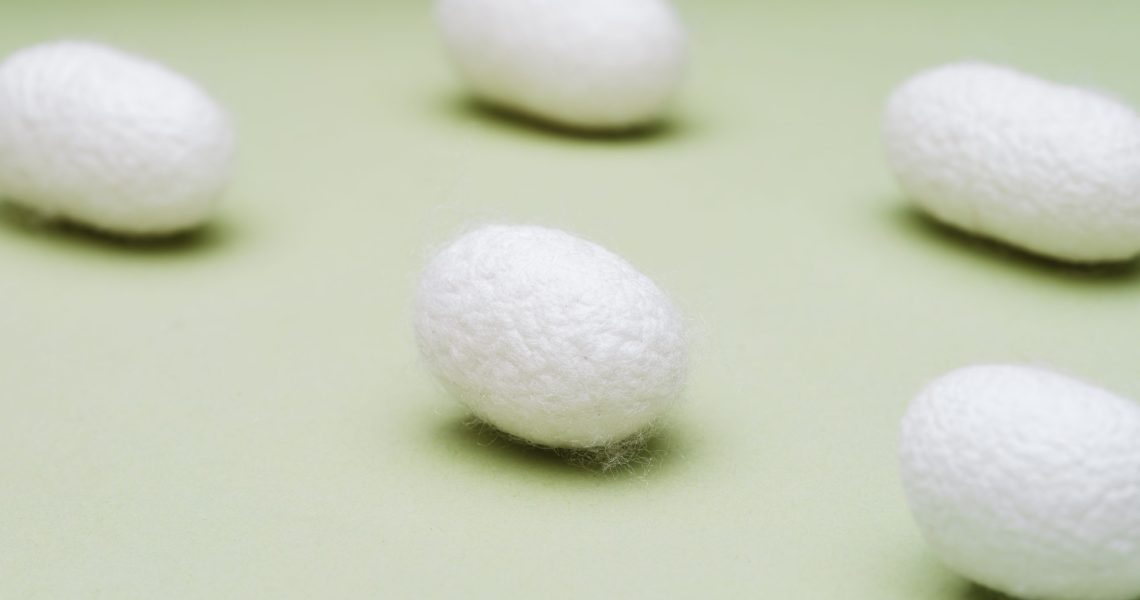Petrochemicals, or the group of materials created from oil, don’t just refer to the plastics used to make fibers like polyester, nylon or acrylic for clothing. They’re also used to coat garments, dye them, give them a specific texture, make them waterproof and offer other properties. Used widely within the fashion industry, they are particularly used within the activewear segment that demands flexibility and breathability from its materials.
However, according to the Federal Trade Commission, brands in the U.S. do not have to disclose whether the materials their garments are made from are coated with chemicals. There currently exist more than 80,000 harmful chemicals derived from fossil fuels that are used in production. Compared to natural fibers that have been around for thousands of years, chemicals like polyester and nylon have only been in garment production for 70 years, making their long-term health effects unclear. However, they have been linked to hormone imbalances and skin irritation.
Some companies like Evolved by Nature are hoping to replace the coatings that give synthetic materials their properties, with liquid silk. Founded in 2013 by scientists Dr. Rebecca Lacouture and Dr. Gregory Altman, the company raised $51 million in funding in 2019, which included luxury giant Chanel taking a minority stake in the company. In a statement, Chanel said, “This partnership will allow Chanel to explore innovative material, [including the] mechanical and optical enhancements of different fabrics, in line with Chanel’s ambition of constantly creating materials of exceptional and unique quality. This investment is part of the company’s strategy in investing in green technology.”
As a natural material, silk is biocompatible, meaning that it can be used to create human tissue and does not have a negative effect on the skin surface. The Activated Silk created by the company is naturally derived from cocoons and can be used to create sustainable molecules that can protect and enhance materials. Silk also contains rich biodiversity, making it a home to many different parts of molecular sequences. That includes ones that are similar to Teflon and others that are similar to polyurethane, both of which are used in fashion garment production. What makes it even more attractive to prospective fashion companies is that this kind of silk is not more expensive to produce than petrochemicals and is engineered to be produced at scale.
The applications of Activated Silk are promising for activewear and leather production. In February of this year, lingerie brand Adore Me came out with Gentrue, a new brand of activewear made without the typical petrochemical coating and instead made with silk proteins. “Synthetic fabric doesn’t have the performance potential of other natural materials, but brands need that performance. So the last stage in fabric production involves the use of these finishing agents,” said Altman.
According to research done by Evolved by Nature using Grandview and Flair insights, 150,000 metric tons of polyurethane are used for leather finishing globally every year. “The reality is that leather is as sustainable a by-product as you could possibly find,” said Altman. “We have leathers that have been handed down from generation to generation that perform much better than the synthetic alternatives that break down.”
Traditional leather processing is expensive, meaning that tanneries have lost access over the years to more sustainable forms of chemistry like biomaterials. Modern leathers are treated with shellac or plastic, not only limiting their lifespans but also preventing the leather from being biodegradable, as it cannot be re-introduced into the circular economy. According to Altman, there is about $30 billion of finishing agent chemistry sold globally, with the majority of that finishing agent quantity unknown to both the mill and the brand.
Ad position: web_incontent_pos1
Evolved by Nature is in the midst of creating its own proprietary material that can be integrated into natural fibers. CircleMade would use regenerated fiber and activated silk yarn to create recycled leather composites for leather goods that can be used instead of traditional leather processes and wool fiber.
Altman believes that integrating activated silk yarn into more products can significantly change how materials enter the circular economy. “All of a sudden, you can start to make massive change globally by implementing natural materials and biotechnology at scale,” he said.




